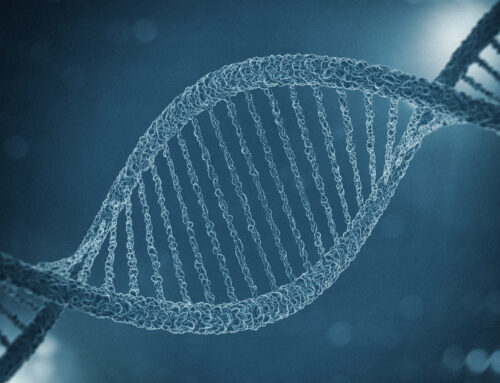There’s no doubt about it: Health information can be confusing and, sometimes, downright overwhelming – even under the best of circumstances. And too often, when we’re trying to understand medical terminology and make decisions about our care, we’re already in a vulnerable state.
Incredible scientific and technological advances in recent years have given us the ability to prevent, diagnose, and treat more health conditions than ever before. Genetic technology allows us to sequence a person’s genome quickly (and relatively affordably) and genetic testing is becoming more widespread. There’s an abundance of information for healthcare professionals to communicate and for patients to process. As a result, health literacy is an increasingly critical concept.
What is health literacy?
“Health literacy has been defined as the degree to which individuals can obtain, process and understand the basic health information and services needed to make appropriate health decisions.”[1] It encompasses a variety of skills, including:
- General literacy
- Level of experience with the healthcare system
- Cultural and linguistic factors
- An understanding of numeracy (mathematical concepts & their application, an essential part of risk communication in genetics)
Health literacy is the single best predictor of an individual’s health status, even more important than age, income, employment status, educational level or racial/ethnic group.[2] According to the National Assessment of Adult Literacy (2003) about 36% of US adults have limited health literacy and have on average increased incidence of chronic illness, lower utilization of preventive health services and poorer self-reported health.[3] Reaching individuals with limited health literacy with understandable and culturally competent information about genomics will be critical for disease prevention and treatment approaches targeting populations with the greatest health needs.[4]
Even well-educated individuals with high general literacy can feel overwhelmed having to navigate complex medical jargon. Emotional factors can pose additional barriers to understanding when the patient might ordinarily be able to understand the words and concepts being presented.
Genetic counselors can help. They are trained to assess health literacy and communicate complex information to assist patients in making informed decisions. Just a few of the many topics they cover include: family health history; the role of genes in birth defects; inherited recessive conditions; and how genes and other factors contribute to heart disease, diabetes, cancer and other disorders.
As genetic technology advances – making use of genetic tests to screen, diagnose and treat disease – genetics professionals in clinical and public health practice will increasingly be called upon to translate genetic and genomic information to individuals, families and the general public in order to improve the health all Americans.
[1] Lea, D.H., Kaphingst, K.A., Bowen, D., Lipkus, I., Hadley, D.W., Communicating Genetic and Genomic Information: Health Literacy and Numeracy Considerations, Public Health Genomics, 2011, Jul;14(4-5): 279 – 289.
[2]Ibid., pg.1
[3]Lea, D.H., Kaphingst, K.A., Bowen, D., Lipkus, I., Hadley, D.W., Communicating Genetic and Genomic Information: Health Literacy and Numeracy Considerations, Public Health Genomics, 2011, Jul;14(4-5): pg. 280
[4] Ibid., pg.280


